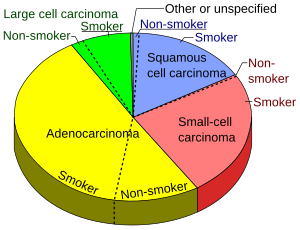
If you’ve read even a few of the posts on BioMedNews.org, you probably know I love writing about research that involves nitric oxide (NO). I was introduced to the power of NO about ten years ago when I wrote a white paper on asthma research for the Lerner Research Institute at the Cleveland Clinic. In fact, that project was the reason I started this blog – I got hooked on bioscience.
Just found out that Research and Markets, a global organization dedicated to examining the state of research, the condition of markets, and the companies working to develop various therapies, has recently released a comprehensive report about the current global state of research on nitric oxide (NO) and a related enzyme called nitric oxide synthase (NOS).
The description of this report is the simplest explanation I’ve seen of the dual nature of NO – how it produces great good in the human body, and yet can cause health problems in the same areas where it’s done good. A strange and wonderful molecule to learn about.
Related articles






















